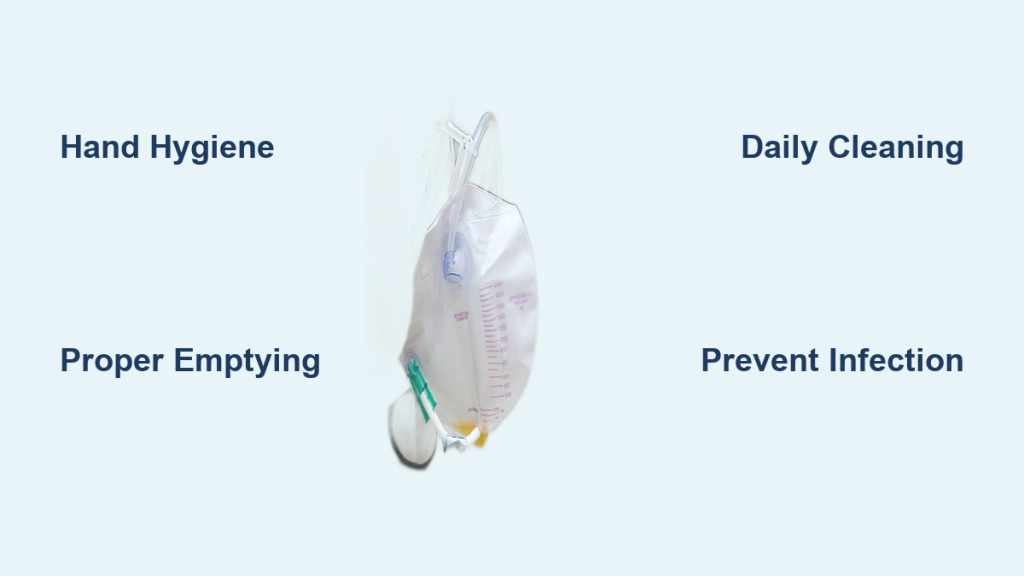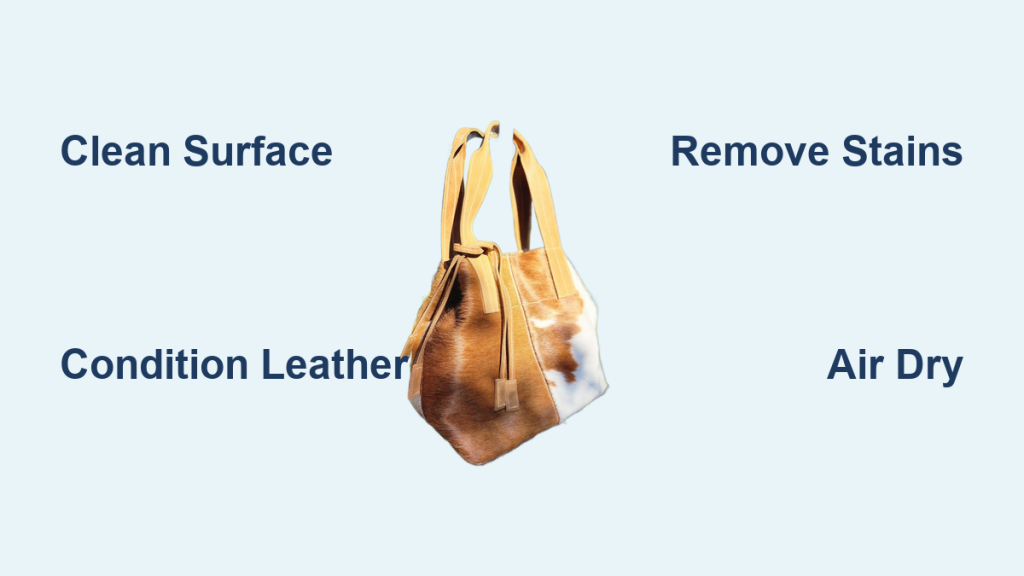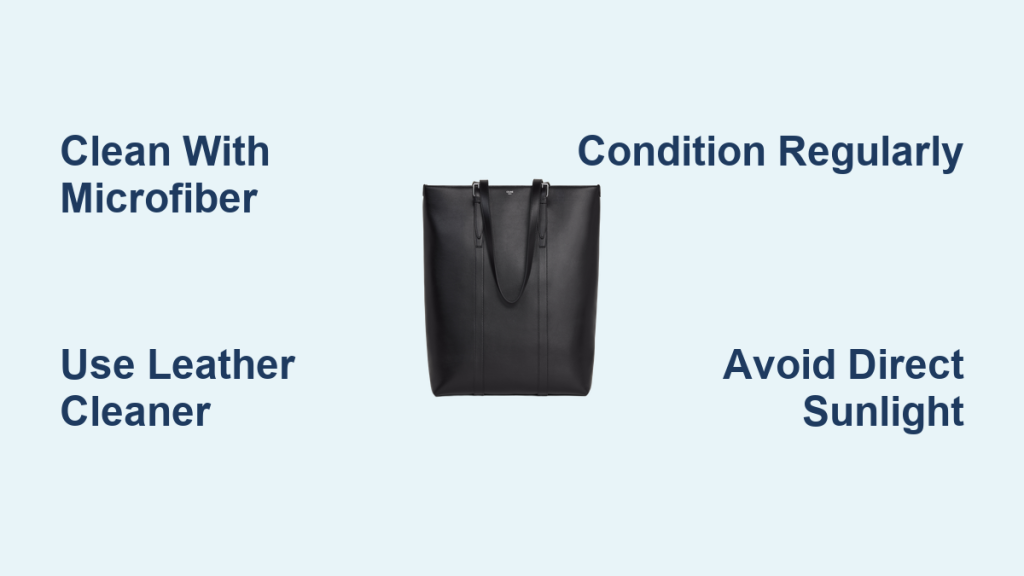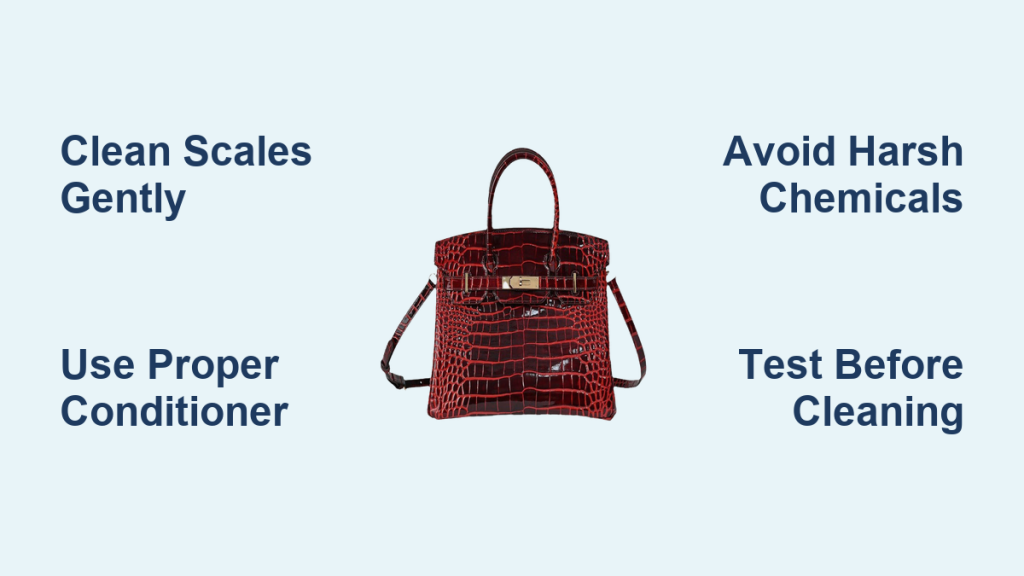Dealing with a Foley catheter and its drainage bag can be unsettling, and maintaining proper hygiene is crucial to prevent infections and discomfort. A dirty Foley bag can lead to urinary tract infections (UTIs) and other complications. This guide will walk you through a thorough cleaning process, ensuring a safe and hygienic experience. While a Foley bag isn’t meant to be cleaned in the traditional sense (it’s typically a disposable system), this guide focuses on maintaining the cleanliness of the external surfaces of the bag and tubing, and proper emptying and disposal practices to minimize risk.
This comprehensive guide goes beyond simply emptying the bag. We’ll cover proper handling, external cleaning techniques, preventative measures, and when to seek professional help. By following these steps, you can significantly reduce the risk of infection and maintain a comfortable experience while using a Foley catheter.
Maintaining Foley Bag Hygiene: Understanding the Risks
Before diving into cleaning, it’s vital to understand why hygiene is so important. A Foley catheter is a medical device inserted into the bladder to drain urine. The drainage bag collects this urine, creating a potential breeding ground for bacteria if not handled correctly.
Most Common Causes of Infection
- Bacterial Contamination: Bacteria from the environment (hands, surfaces) can enter the system during emptying or handling.
- Improper Emptying Technique: Allowing the bag outlet to touch any surface during emptying introduces bacteria.
- Infrequent Emptying: Allowing urine to sit in the bag for too long encourages bacterial growth.
- Poor Personal Hygiene: Inadequate handwashing before and after handling the bag.
- Kinked or Blocked Tubing: Can lead to urine backflow and increased risk of infection.
How to Properly Maintain a Foley Bag – A Step-by-Step Guide

This section outlines the essential steps for safely maintaining your Foley bag, focusing on external cleanliness and proper handling.
Method 1: Daily Routine for Foley Bag Care
This routine should be followed daily to minimize the risk of infection.
Diagnosing the Issue
Before starting, visually inspect the bag and tubing for any signs of damage, leaks, or discoloration. If you notice anything unusual, contact your healthcare provider.
Fix Steps
- Hand Hygiene: Thoroughly wash your hands with soap and water for at least 20 seconds before touching the bag or tubing. This is the most crucial step.
- Gather Supplies: You’ll need:
- Clean, disposable gloves (optional, but recommended)
- Mild soap (avoid harsh chemicals or alcohol-based cleaners)
- Clean water
- Paper towels
- A designated, clean surface for bag emptying.
- External Cleaning: Gently wipe the outside of the bag and tubing with a damp cloth and mild soap. Do not submerge the bag or tubing in water. Focus on areas that may have come into contact with surfaces.
- Proper Emptying:
- Position the bag below bladder level to ensure complete drainage.
- Use the designated outlet tap to drain the urine into a clean toilet bowl. Do not allow the outlet to touch the toilet bowl or any other surface.
- After emptying, gently close the tap.
- Final Wipe Down: After emptying, wipe the outlet tap with a clean paper towel.
- Secure the Bag: Ensure the bag is securely positioned and doesn’t drag on the floor.
Testing
Visually inspect the tubing for kinks or blockages after each emptying. Gently manipulate the tubing to ensure urine flows freely.
Method 2: Dealing with Leaks or Blockages
If you experience leaks or blockages, take these steps:
Diagnosing the Issue
- Leaks: Check the connections between the catheter, tubing, and bag. Look for kinks in the tubing.
- Blockages: Check for sediment or blood clots in the tubing.
Fix Steps
- Secure Connections: Tighten any loose connections.
- Address Kinks: Gently straighten any kinks in the tubing. Do not force it.
- Flush the Tubing (with healthcare provider approval): Your healthcare provider may advise you to gently flush the tubing with sterile water to dislodge a blockage. Never attempt this without professional guidance.
- Contact Healthcare Provider: If the leak or blockage persists, contact your healthcare provider immediately.
Method 3: Preventing Future Issues
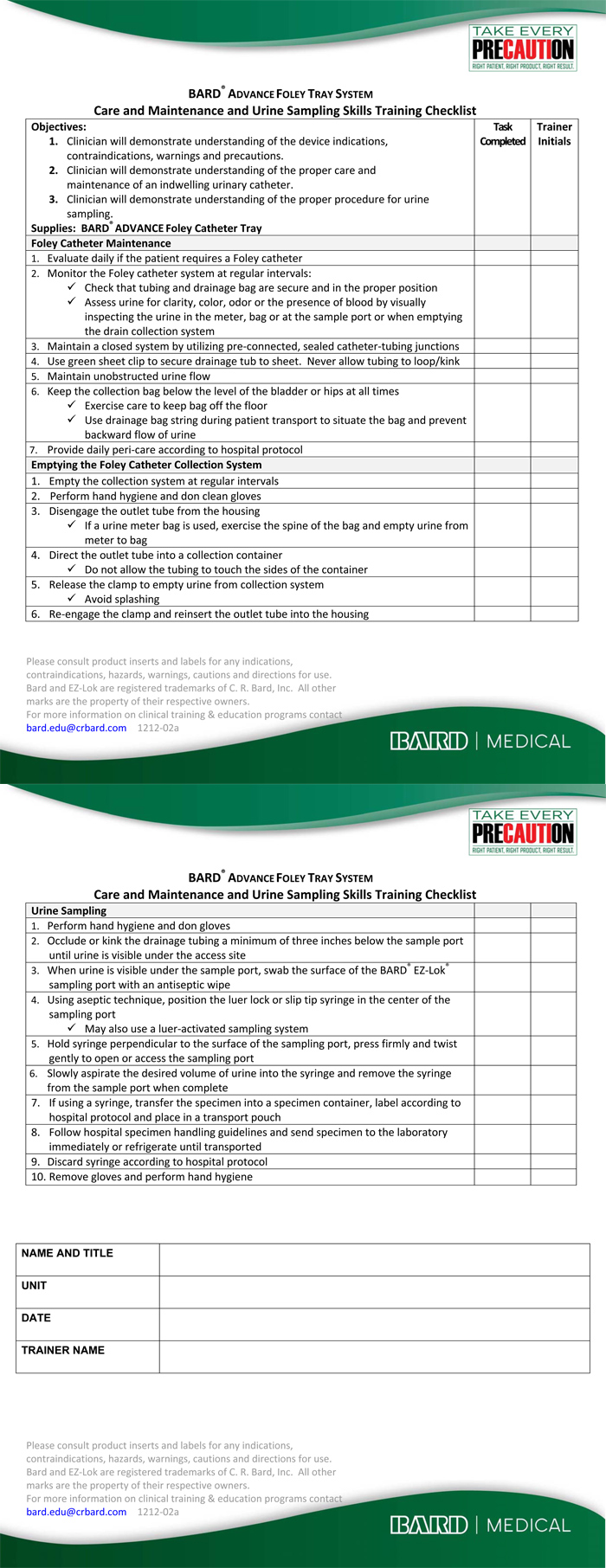
Proactive measures are key to minimizing problems.
Diagnosing the Issue
Understanding the potential risks and taking preventative steps is crucial.
Fix Steps
- Consistent Hand Hygiene: Reinforce thorough handwashing before and after any contact with the Foley bag system.
- Proper Positioning: Maintain the bag below bladder level at all times.
- Regular Emptying: Empty the bag when it’s about half to two-thirds full.
- Avoid Dragging: Secure the bag to prevent it from dragging on the floor.
- Monitor Urine: Pay attention to the color and clarity of the urine. Report any changes to your healthcare provider.
Pro Tips for Foley Bag Care
- Dedicated Surface: Designate a specific, clean area for emptying the bag.
- Avoid Disinfectants: Harsh disinfectants can damage the bag and tubing. Mild soap and water are sufficient for external cleaning.
- Gloves are Recommended: Wearing disposable gloves adds an extra layer of protection.
- Regular Inspection: Inspect the bag and tubing daily for any signs of damage.
- Hydration: Staying well-hydrated helps maintain urine flow and reduces the risk of blockages.
- Travel Considerations: When traveling, ensure you have adequate supplies and a plan for safe disposal.
- Documentation: Keep a log of any issues or changes you observe.
Professional Help: When to Seek Medical Attention
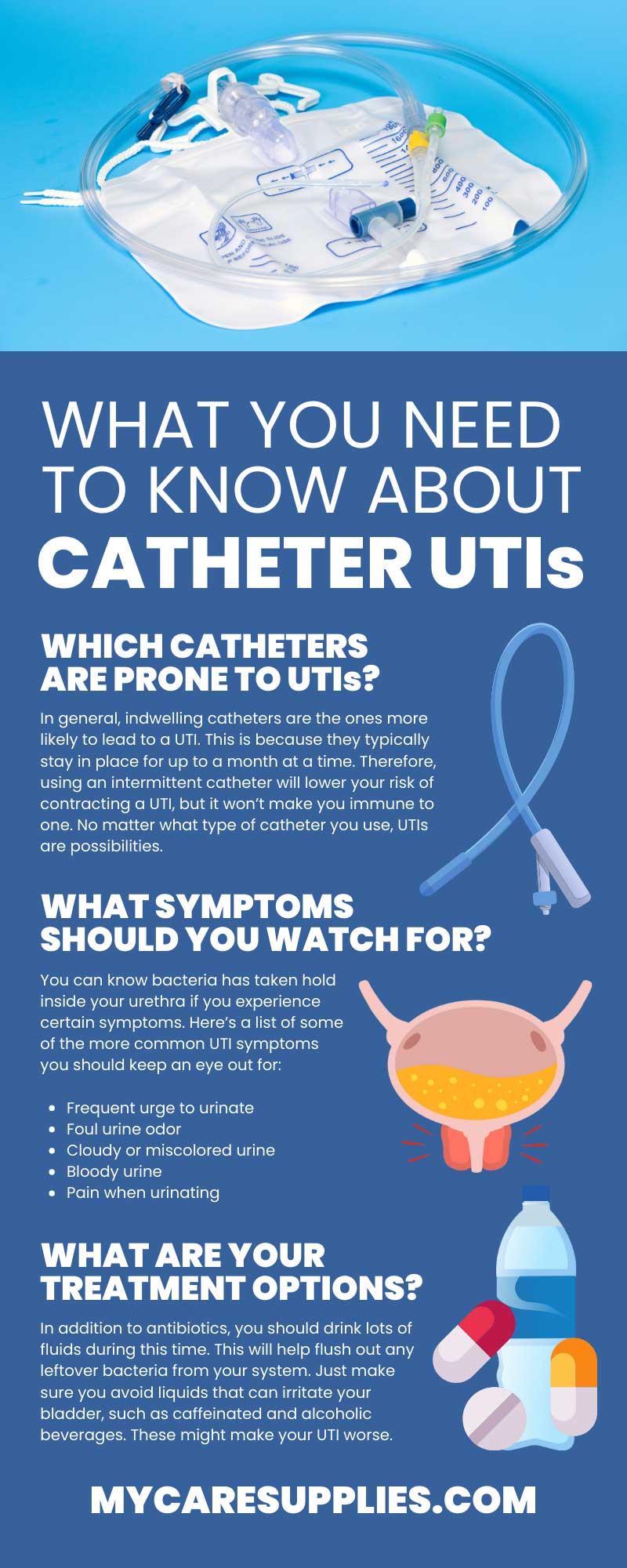
Certain situations require immediate medical attention.
- Signs of Infection: Fever, chills, pain, redness, swelling, cloudy or foul-smelling urine.
- Persistent Leaks or Blockages: If you cannot resolve a leak or blockage on your own.
- Catheter Displacement: If the catheter accidentally comes out.
- Severe Discomfort: Any significant pain or discomfort associated with the catheter or bag.
- Blood in the Urine: Report any blood in the urine to your healthcare provider.
FAQ
Q: Can I use alcohol to clean the Foley bag?
A: No. Alcohol can damage the bag and tubing materials. Use mild soap and water instead.
Q: How often should I change the Foley bag?
A: Foley bags are typically disposable and should be changed according to your healthcare provider’s instructions. External cleaning should be done daily.
Q: What should I do if the bag is leaking around the outlet tap?
A: Ensure the tap is securely closed. If the leak persists, contact your healthcare provider.
Q: Can I reuse a Foley bag?
A: No. Foley bags are designed for single use and should be disposed of properly after emptying.
Q: What if I accidentally touch the outlet tap to the toilet bowl?
A: Thoroughly clean the tap with a disinfectant wipe or soap and water immediately.
Get Your Foley Bag Working Safely
By consistently following these guidelines, you can significantly reduce the risk of infection and maintain a comfortable experience while using a Foley catheter. Remember, proper hygiene is paramount.
- Daily routine for external cleaning.
- Proper emptying techniques to avoid contamination.
- Knowing when to seek professional help for concerning symptoms.
Have you found this guide helpful? Share your experiences or questions in the comments below to help others!

